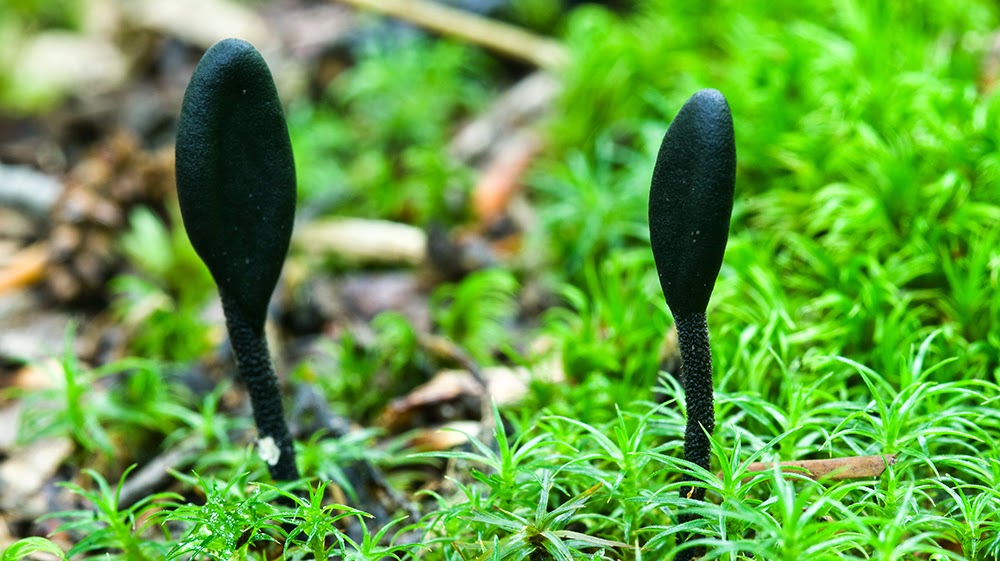Last summer Gillian went off to Colonial Survivor summer Camp at the Connecticut River Museum and had a great time building stone walls, tending the chickens, erecting a post and beam structure, and dying textiles with plants they collected on site. One thing they did not try was making bayberry candles from real bayberries. Bayberry candles were made by the colonists because they were cleaner burning and better scented than the candles made from tallow, or animal fat. Colonist folklore states that if you light a new bayberry candle on Christmas Eve or New Year's, you’ll have health, wealth and prosperity in the coming year. The adage reads: A bayberry candle burnt to the socket brings food to the larder and gold to the pocket.
On a recent trip over to Long Island, we were picking beach plums and I noticed the bayberries seemed especially abundant, and I gathered a gallon of them to take home. My hands were coated with their wax and fragrance for the rest of the day, as I just grabbed the clusters of berries and pulled them into a bucket.
It takes about 15 pounds of bayberries to render 1 pound of wax, so I knew I would not get too much wax from my one gallon. I shook the berries in a mesh sieve to get some of the smaller debris out, then placed them in a large pot with some water. I brought the pot up to a boil, and then simmered the berries for 15 minutes. The berries and most of the sticks and stems will sink, while the wax will float up to the surface of the water. I then ladled and strained the hot wax through an old jelly bag to remove more of the debris and dirt. I let the wax and some of the hot water cool in a plastic container, where the wax floated to the top and hardened. The wax block was easy to pop out and dry off, and there was about 1/3 cup of fragrant, green wax. Off to the craft store, where I purchased some votive molds, wicks, and unscented candle wax to mix with the bayberry wax. The bayberry wax is a bit weak and prone to discoloration and warping over time, so I chose to make short votives and fortify the wax with plain wax. With my little bit of bayberry wax mixed with plain wax, I managed to pour three candles which we will burn on Christmas Eve into Christmas Day day for abundance and blessings, and for the memories of a summer day on Long Island gathering bayberries in the sun.




















